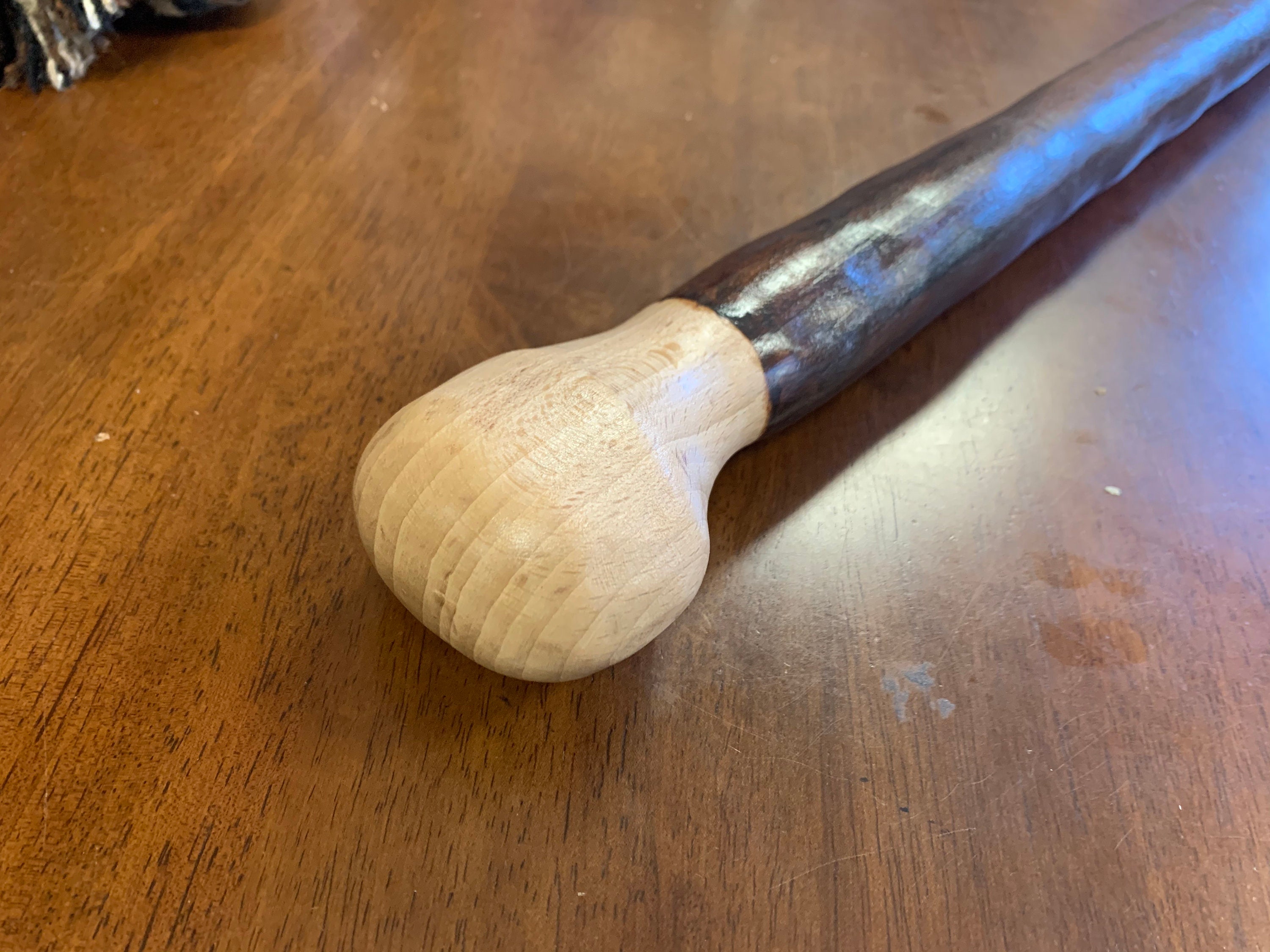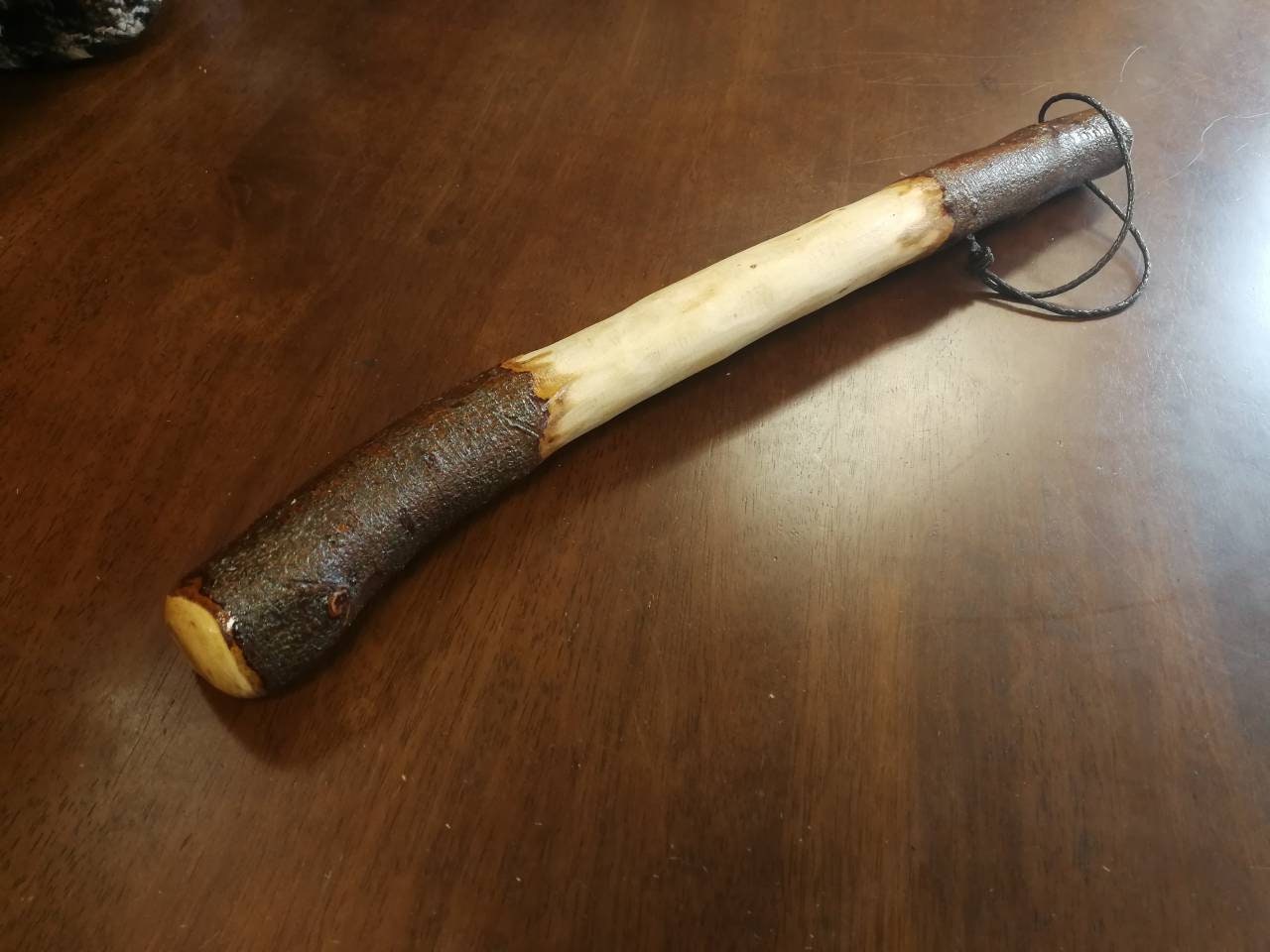

To keep the wood from splitting during the drying process, sticks were often buried in a manure pile, or smeared with butter and placed in the chimney to cure.įolklorist Padraic Colum says the shillelagh should not be considered a symbol of Ireland but a badge of honour for those who carried it. The bark is left on for added toughness and often a metal ferrule is secured at the end opposite of the knob. Because of this, it would not have been necessary to ‘load’ it as it could pack a significant whack! However, in sticks made of blackthorn, the knob was actually the root. Sometimes, the knob on the end was hollowed out and filled with molten lead.

Eventually, it became synonymous for any Irish walking stick. In his book on Irish folklore, Padraic Colum quotes John Banim in this description of a mansion from his novel ‘The Croppy’: “solidly wainscoted with Shillelagh oak against which the venomous spider of England durst not affix his web.”Ĭuriously, it was from the pen of an English writer who, on seeing an oak cane and knowing where it came from, coined the term Shillelagh. Sadly, most of them were cut down and exported and, when you see how few trees remain in Ireland, there’s little comfort in knowing that many famous buildings in Western Europe were built with Irish imported oak.

The forest was once famous for its massive stands of fine oaks. Known by many names, including ‘bata’ in Gaelic – which means a fighting stick – the original cane gets its name from the Shillelagh Forest in County Wicklow. Their weapon of choice would have been a cane made from oak, blackthorn, ash or holly. Very handy to have – but not something the Irish would have used at that time, or earlier. What has mistakenly been called a shillelagh all these years was once a very popular weapon in 19th-century London. In his very informative book, ‘ Things Irish’, Anthony Bluett writes that according to a leading folklore authority, the short, stubby blackthorn cudgel sold to tourists as the ‘ancient Irish shillelagh’ has no tradition in Ireland at all. The word ‘Shillelagh’ has been used and abused so much over the generations that it has become a generic term for any kind of one piece walking stick from Ireland – mostly one with a large knob type handle. So, I include here some relative reading. I am regularly asked about an Irish Shillelagh so I feel many would be interested in a little further background to the origins of the word.


 0 kommentar(er)
0 kommentar(er)
